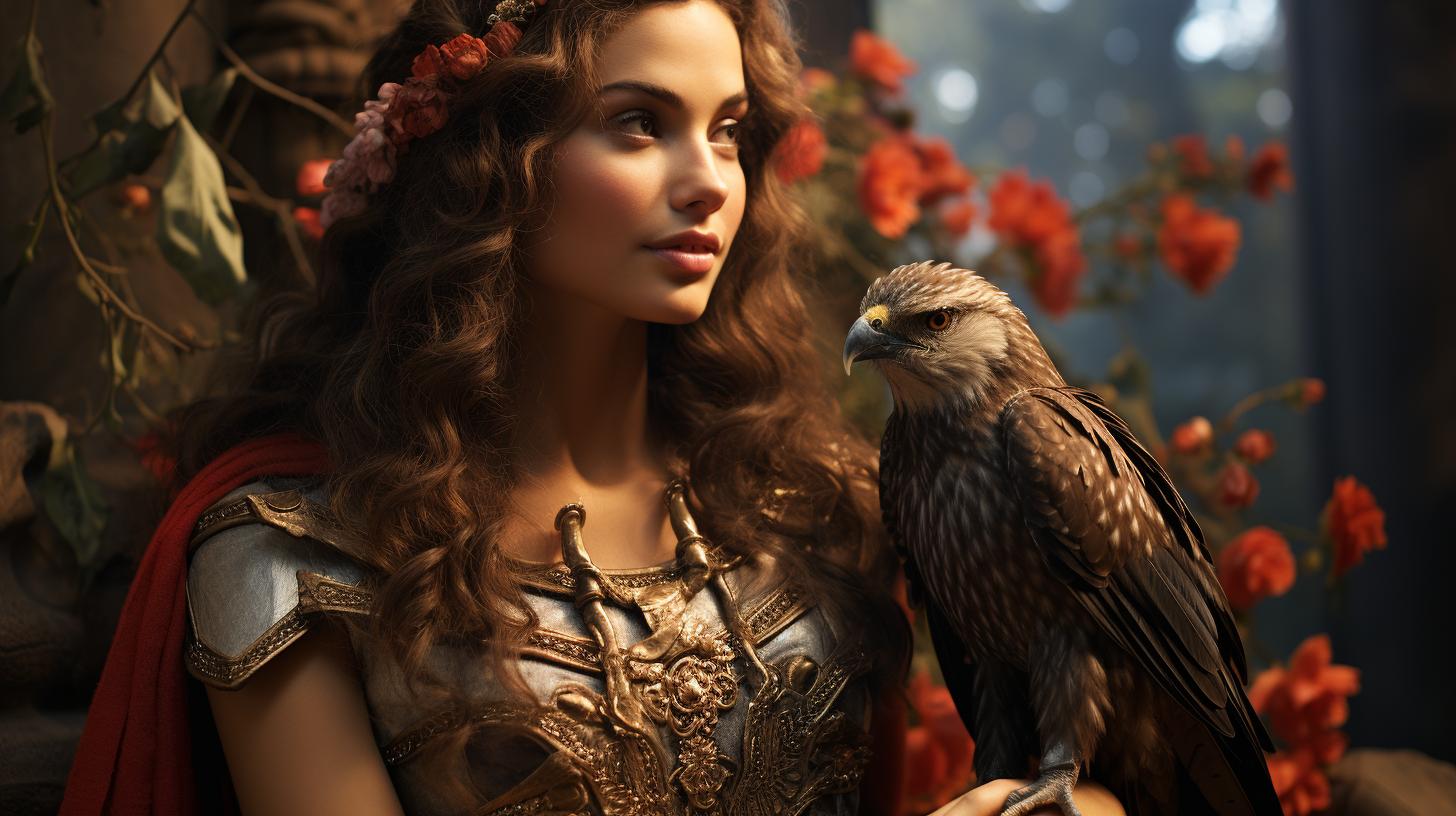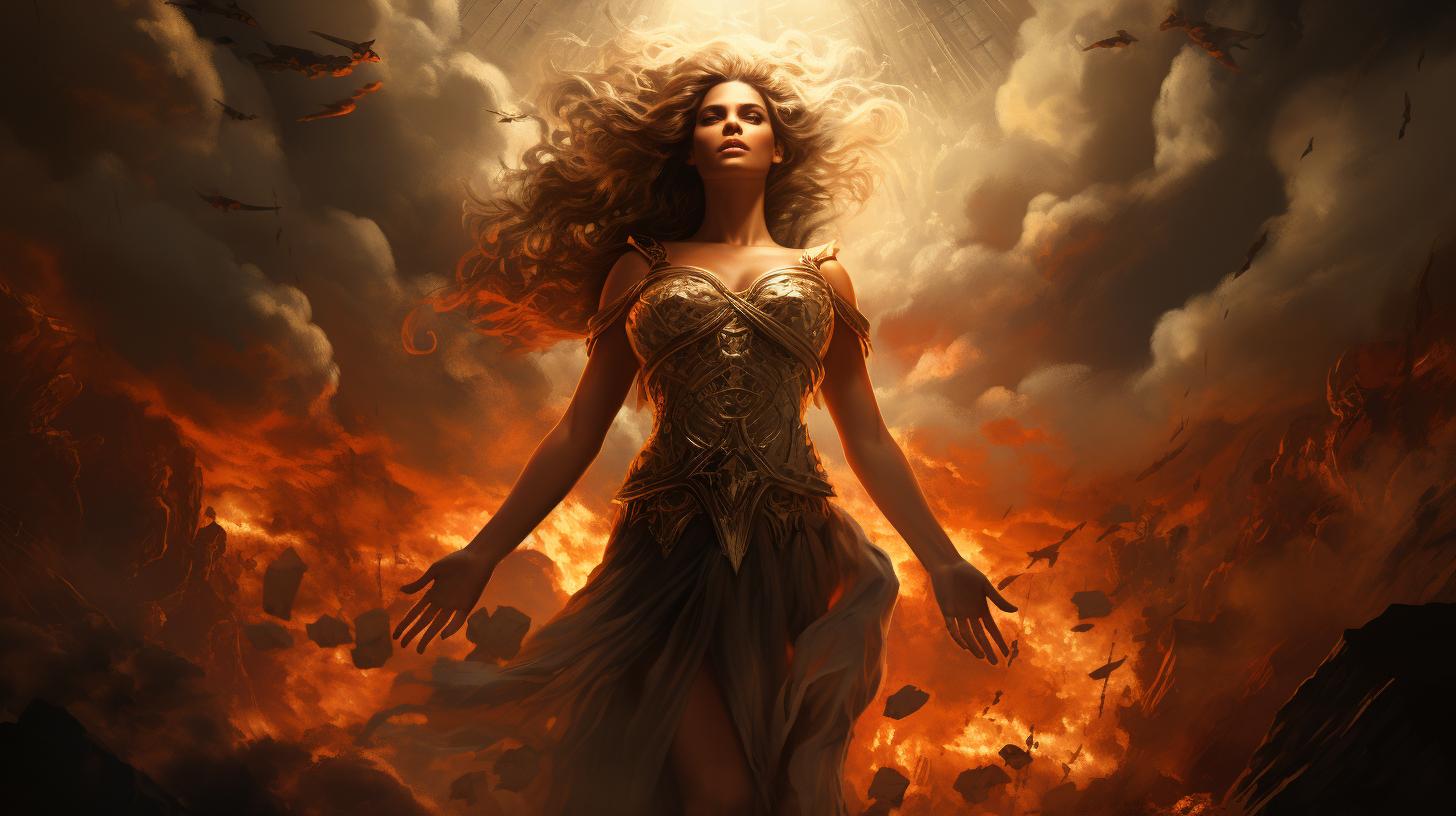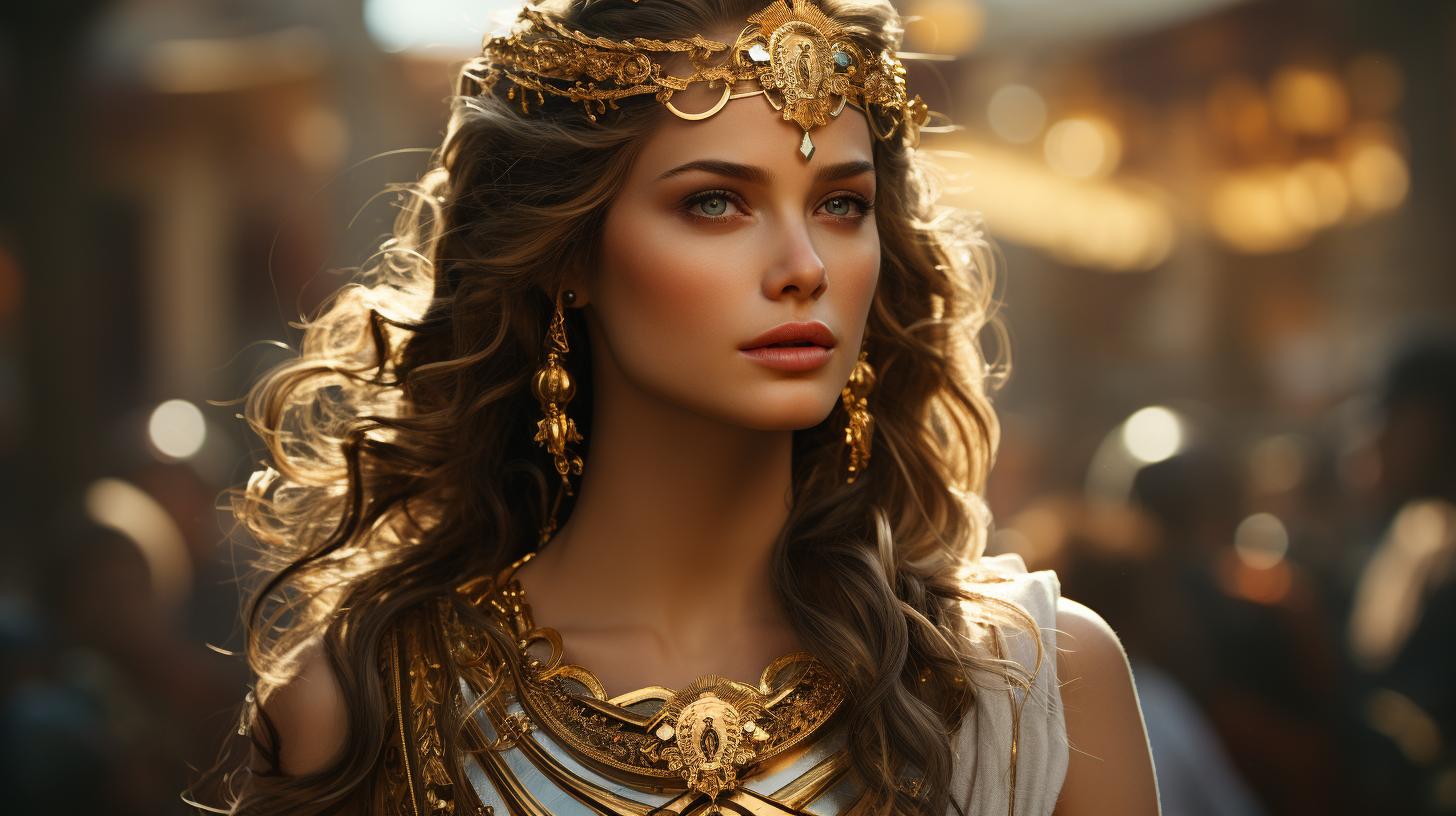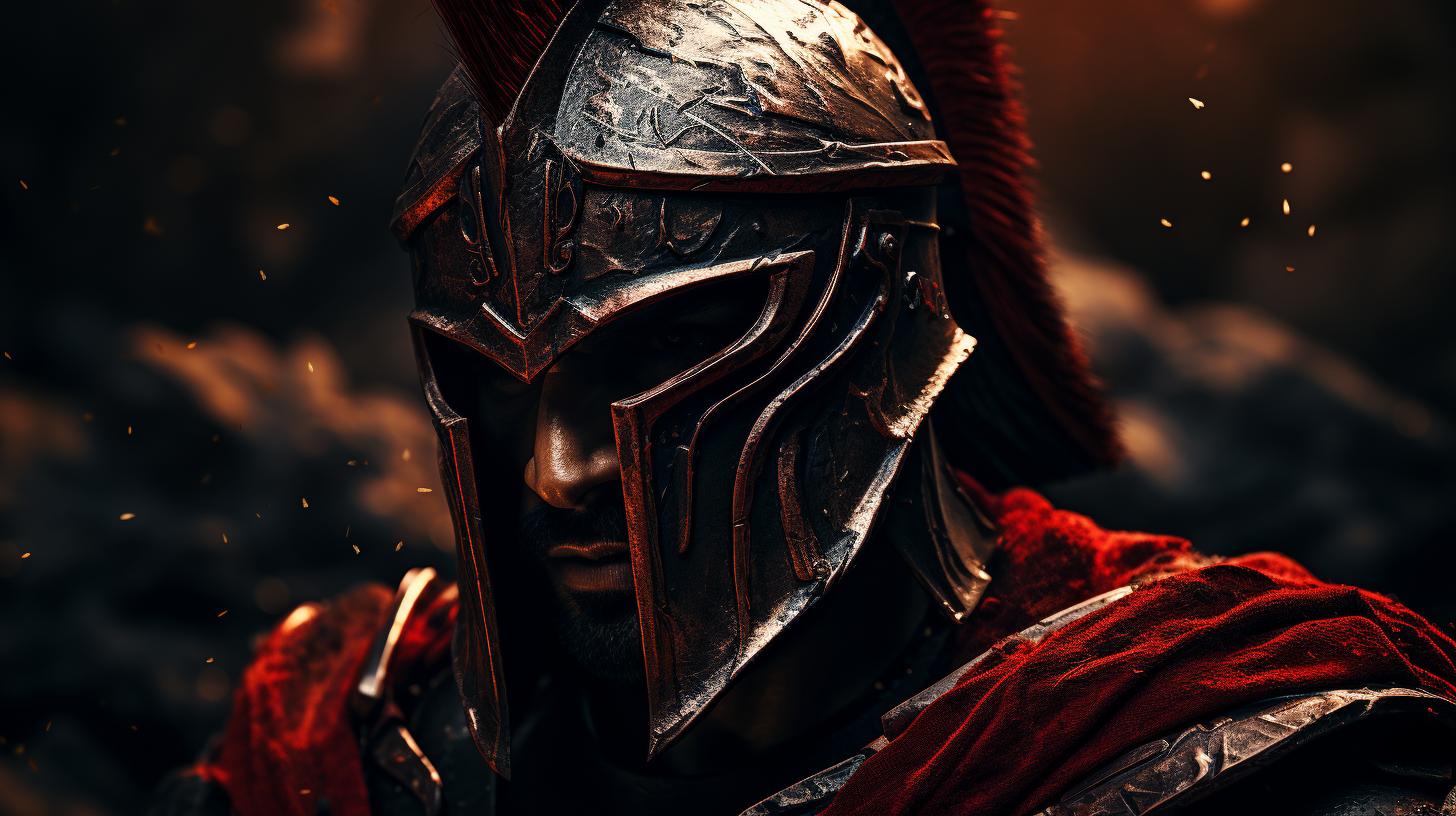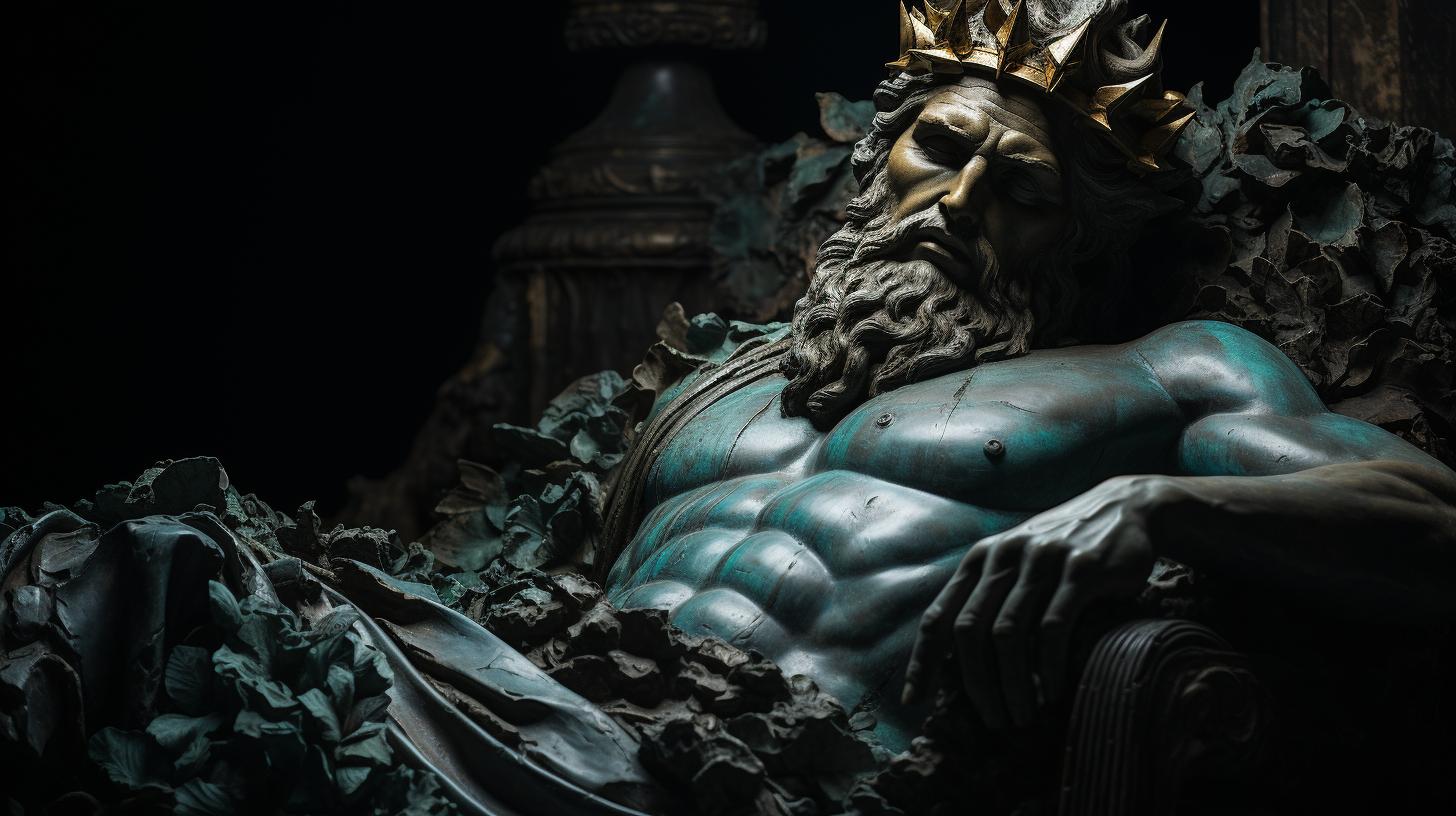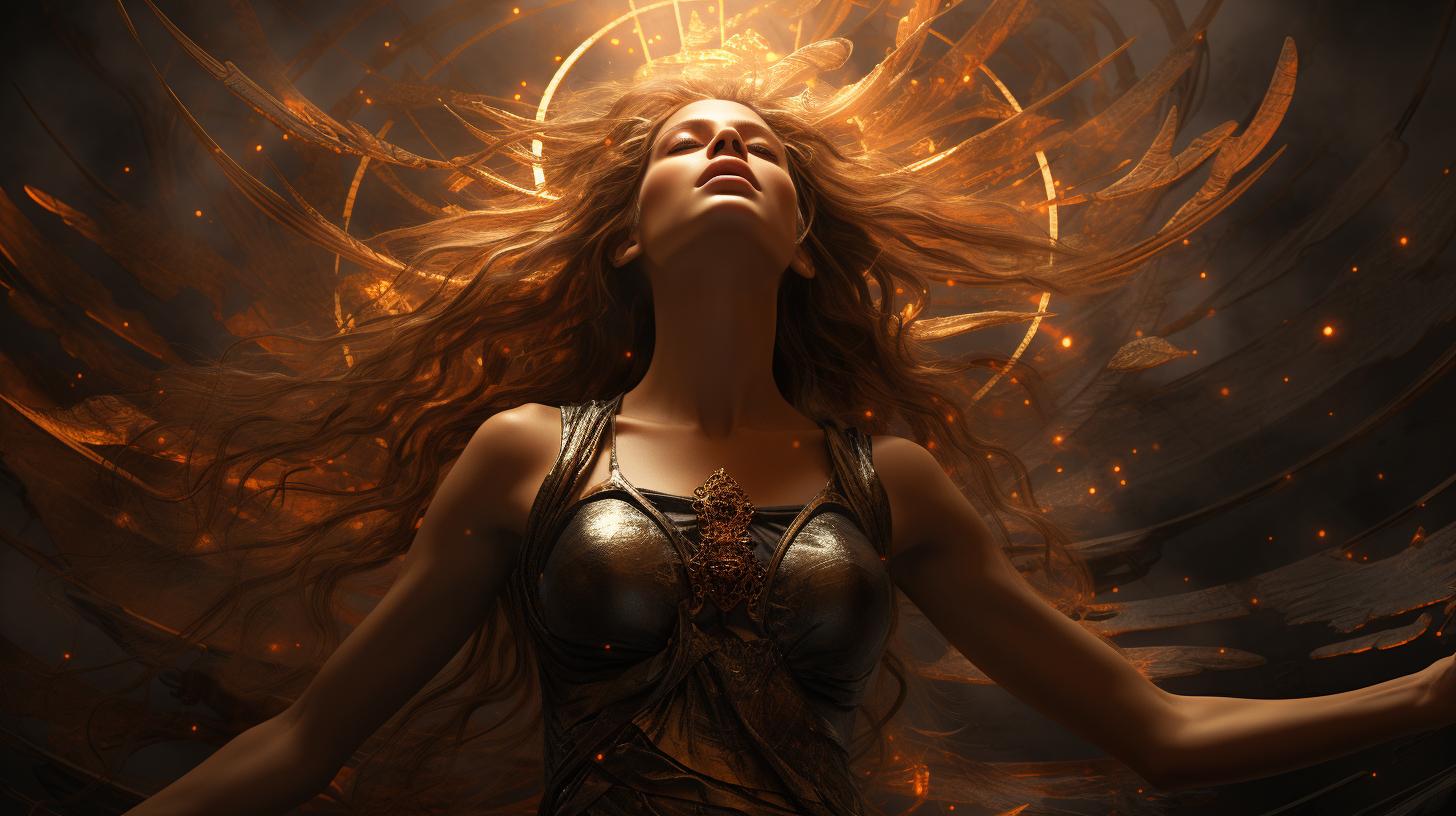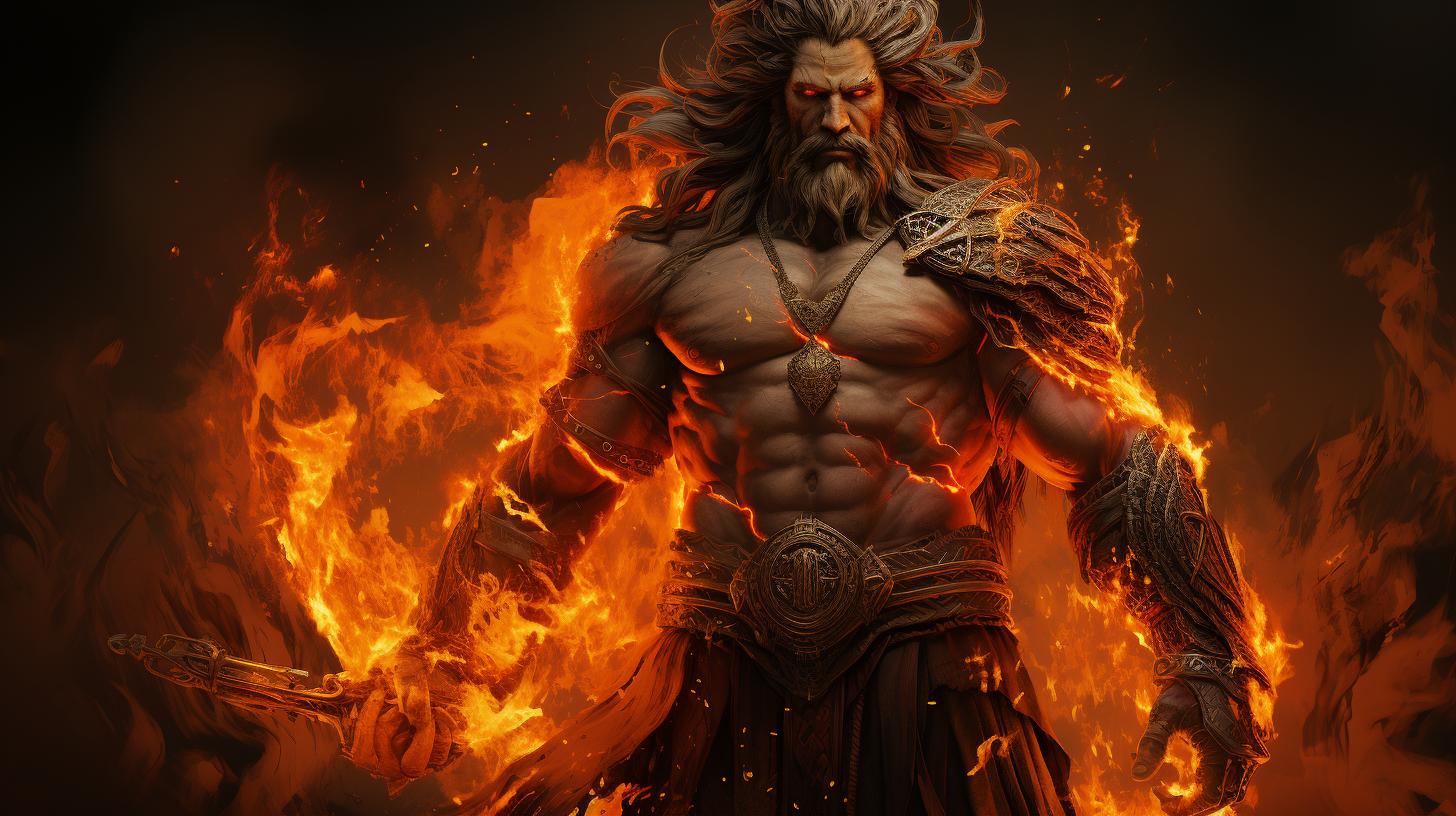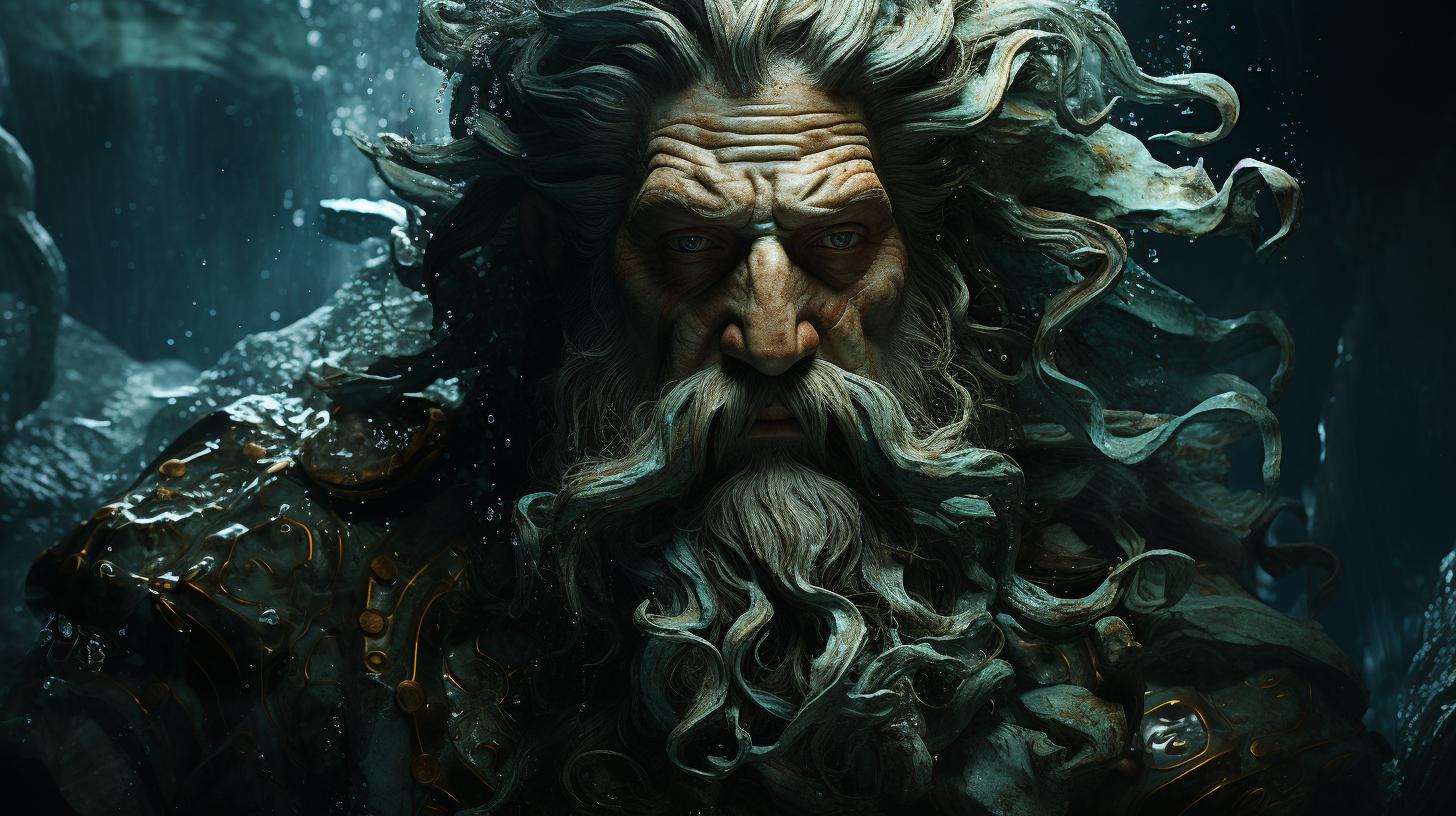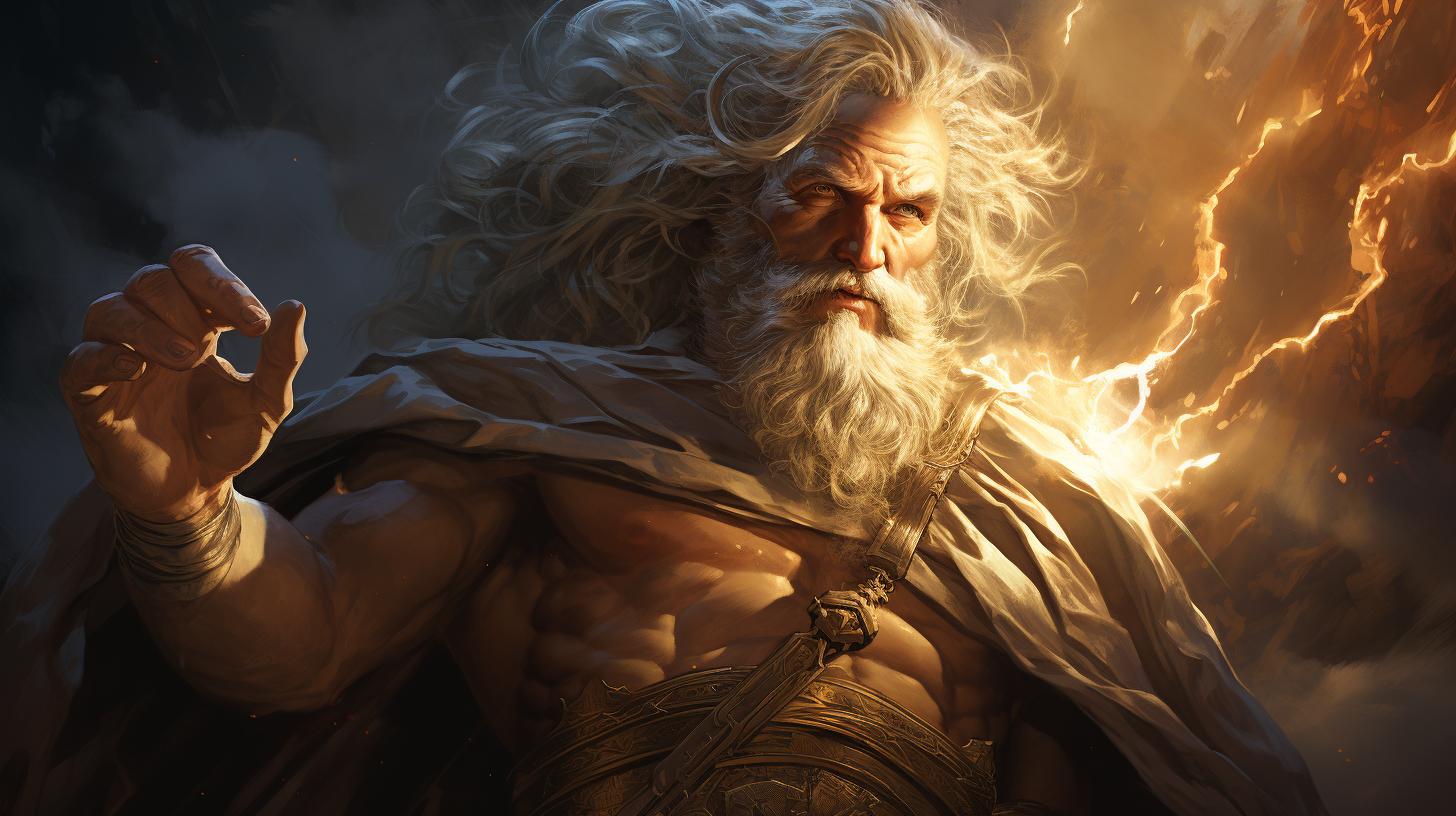Etruscan Goddess Turan: Exploring the Ancient Beauty and Power
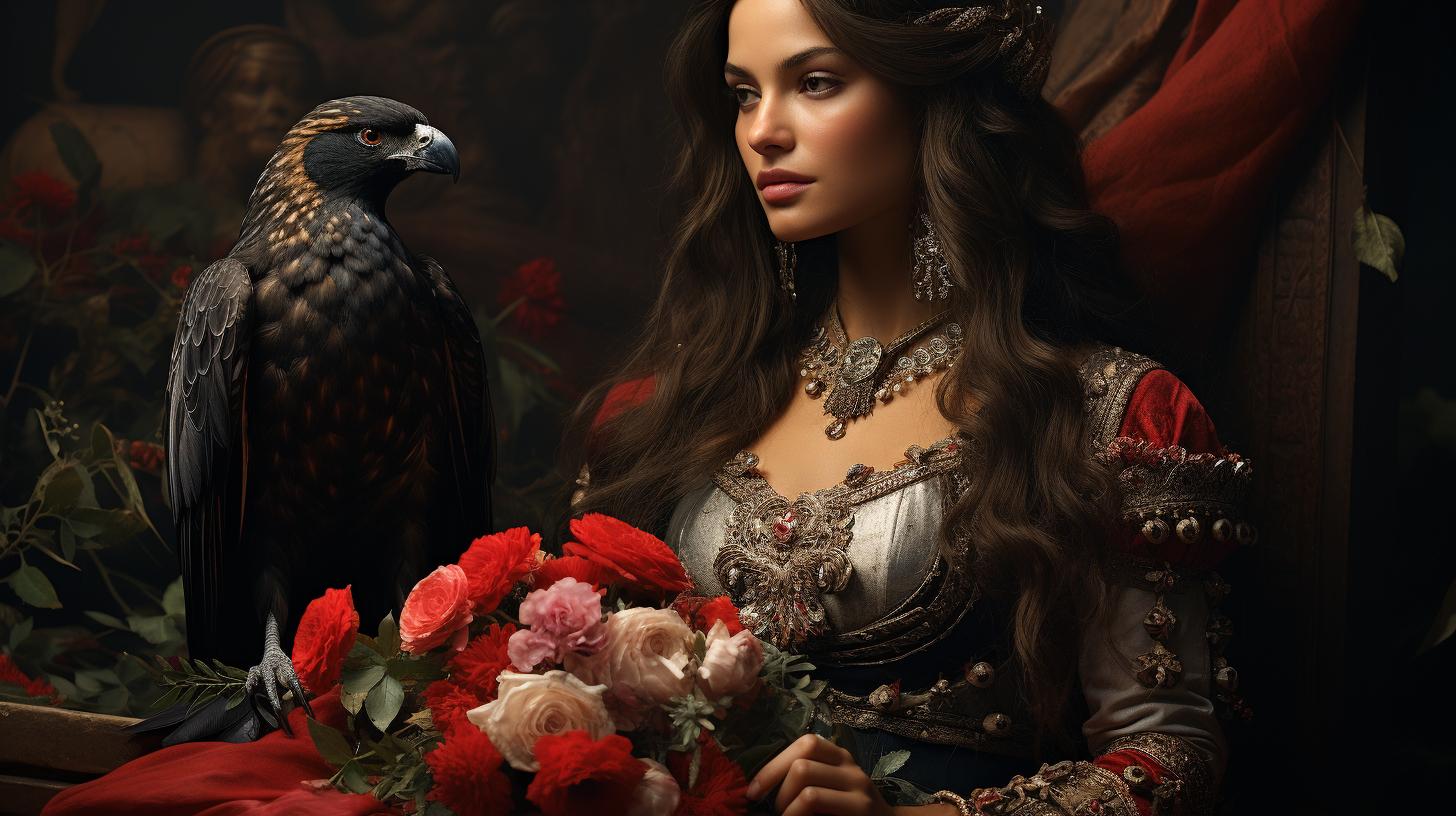
Turan, the Etruscan goddess, played a significant role in their mythology. She was worshipped as the deity of love, beauty, fertility, and vitality. Represented as a winged young woman, she appeared in various Etruscan artworks.
Associated with birds like doves and swans, Turan was often depicted adorned and surrounded by attendants. She shared temples with other deities, such as Menrfa and possibly Artemis or Apollo. Turan’s influence extended to Roman mythology, where she was linked to Venus Genetrix.
Today, Turan’s legacy survives as ‘Turanna,’ a fairy or spirit of love and happiness in modern Italian folklore.
Origins of Turan in Etruscan Mythology
The etruscan goddess Turan holds a significant place in Etruscan mythology as a deity associated with love, beauty, fertility, and vitality. This section explores the early depictions and veneration of Turan, as well as the influence of Greek and Roman mythology on her representation.
Early Depictions and Veneration of Turan
In the early depictions of Turan, she is commonly depicted as a richly adorned and dressed young woman. As Etruscan art evolved under the influence of Hellenistic art in the 3rd and 2nd centuries BCE, Turan’s representation shifted to being depicted nude.
She is often depicted with her entourage called Lasas, and she is associated with birds such as doves, geese, and especially swans.
Influence of Greek and Roman Mythology on Turan’s Representation
Turan’s influence extended beyond Etruscan mythology.
In the sanctuary of Gravisca, an Etruscan port influenced by Greek culture, votive offerings dedicated to Turan were discovered. In an inscription, she is referred to as “Turan ati,” meaning “Mother Turan,” drawing parallels to Venus Genetrix, the mother of Aeneas in Roman mythology.
Additionally, Turan shared a temple with Menrfa, and possibly other deities like Artemis or Apollo, in the Etruscan city of Veii. The Templo Portonaccio, also known as the Portonaccio Sanctuary, featured three chambers similar to the later Temple of the Capitoline Triad in Rome.
- Turan’s depictions often show her surrounded by attendants or maidens, including Lasas, the goddesses of destiny.
- In Etruscan art, she is shown observing the preparation of a bride for her wedding, holding a myrtle branch, and accompanied by a dove on her shoulder and a swan or goose behind her.
- Turan is also depicted alongside other deities like Hercle (Heracles) embracing her between Menrfa and a young warrior.
She is frequently associated with Atuns (Attis or Adonis) and is portrayed participating in the Judgment of Paris alongside Uni and Menrfa.
Turan’s representation in art and her associations with other deities highlight her significance in Etruscan mythology and the broader cultural influences on her portrayal.
Turan’s Attributes and Symbolism
Turan, the Etruscan goddess, embodies the essence of love, beauty, and fertility. Her divine presence and symbolism are intricately woven into the fabric of Etruscan mythology. Let’s explore the fascinating attributes and connections that make Turan a significant figure in the pantheon of deities.
Turan as the Goddess of Love, Beauty, and Fertility
Turan holds a prominent role as the goddess of love, beauty, and fertility in Etruscan mythology. She emanates a captivating aura, captivating hearts and inspiring a deep sense of desire. As the divine embodiment of love, she blesses relationships, promotes passion, and ensures the continuance of life through fertility.
Associations with Birds and the Swan
Birds hold a special significance in Turan’s realm, particularly the graceful swan. This elegant creature represents Turan’s connection to purity, grace, and transcendence. The swan serves as a symbol of beauty, love, and devotion, reflecting the divine qualities embodied by Turan herself.
Connections to Other Etruscan Deities
Turan’s influence extends beyond her specific domain, forging connections with other deities in the Etruscan pantheon. She shares a temple with Menrfa, and there are hints of her association with Artemis, Apollo, and even Atuns.
These connections illustrate the interconnected nature of the Etruscan deities and their collective influence on various aspects of life.
Temples and Worship of Turan
The worship of Turan was prominent in ancient Etruscan culture, particularly in the cities of Velch and Veii. As the patron deity of Velch, Turan held great significance in the religious practices of the city’s inhabitants.
Turan’s Patronage in Velch and Veii
In Velch, Turan was revered as the supreme goddess, embodying love, beauty, fertility, and vitality. The people of Velch considered Turan their protector and patron, attributing their prosperity and well-being to her benevolence.
Similarly, in the city of Veii, Turan held a prominent position among the pantheon of Etruscan deities. The worship of Turan coexisted with the veneration of other deities such as Menrfa, Artemis, and Apollo.
The Temples of Turan and her Co-Deities
Temples dedicated to Turan were constructed in both Velch and Veii, serving as sacred spaces for worship and religious ceremonies.
These temples stood as architectural marvels, reflecting the significance of Turan and the power she held in Etruscan society.
The Temples of Turan were often shared with other co-deities, emphasizing the interconnectedness of the Etruscan pantheon.
For example, the Tempio di Gravisca, a sanctuary heavily influenced by Greek culture, featured votive offerings dedicated to Turan, underscoring her association with Aphrodite (Venus) and her role as Turan ati, equivalent to Venus Genetrix.
In Veii, the Templo Portonaccio stood as a testament to the shared religious spaces for Turan and her co-deities. This temple, resembling the later Temple of the Capitoline Triad in Rome, housed three chambers or cells, possibly dedicated to Turan, Menrfa, and other deities.
The presence of Turan in these temples and her co-deities emphasized the interconnected nature of Etruscan religious practices and the belief in the collective power and influence of multiple gods and goddesses.
Turan in Art and Literature
Turan’s Representation in Etruscan Art
Turan’s depiction in Etruscan art provides us with valuable insights into her significance and symbolism. Artists portrayed her in various forms, reflecting the evolution of artistic styles over time. In early artworks, Turan was often shown richly dressed and adorned, emphasizing her role as the goddess of love, beauty, and fertility.
However, during the influence of Hellenistic art in the 3rd and 2nd centuries BCE, Turan’s representation shifted, and she began to appear nude, mirroring the artistic trends of the time. These portrayals highlighted her connection to the ancient Greek goddess Aphrodite and the Roman deity Venus.
Turan’s association with birds, particularly the dove, goose, and swan, is a recurring theme in Etruscan art.
These avian symbols emphasized her connection to love and fertility, as well as her role as a divine patroness. Turan’s iconography often included a retinue of attendants known as Lasas, adding to her divine presence and power.
Turan in Mythological Stories and Folklore
Turan’s influence extended beyond art and reached the realms of mythology and folklore. While specific myths detailing her exploits are scarce, she is frequently mentioned in conjunction with other Etruscan deities.
One notable representation of Turan in mythological stories is her participation in the Judgment of Paris, alongside Uni and Menrfa. This tale holds echoes of the Greek myth where Paris, a Trojan prince, was tasked with deciding which goddess was the most beautiful.
Turan’s involvement highlights her prominence and relevance in Etruscan mythology.
In modern Italian folklore, Turan has survived in the form of ‘Turanna.’ She is revered as a fairy or spirit of love and happiness, aiding lovers and those smitten by love.
Her legacy in contemporary traditions and beliefs showcases the lasting impact of Turan’s ancient worship and symbolism on the cultural fabric of Italy.
- Turan’s representation in Etruscan art reflects her importance in their pantheon
- Evolution of artistic styles showcased changes in her depiction
- Bird symbolism highlights her connection to love and fertility
- Turan’s involvement in mythological stories, such as the Judgment of Paris, emphasizes her significance
- In modern Italian folklore, Turan exists as ‘Turanna,’ a fairy of love and happiness
Turan’s Legacy in Modern Italian Culture
Modern Italian culture still carries the echoes of Turan’s ancient presence as the Etruscan goddess of love and beauty.
Her influence can be found in various aspects of folklore and contemporary beliefs.
Turan as ‘Turanna’: The Fairy of Love and Happiness
One of the most enduring representations of Turan in modern Italian folklore is as ‘Turanna,’ an enchanting fairy associated with love and happiness. Turanna is believed to assist lovers and those who are smitten with her magical powers, guiding them towards fulfilling relationships and spreading joy.
Legends and tales depict Turanna as a benevolent spirit capable of granting wishes, provided they revolve around matters of the heart. It is said that those who encounter Turanna may experience a deep sense of bliss and find themselves enchanted by her ethereal beauty.
Influence of Turan in Contemporary Traditions and Beliefs
Turan’s presence extends beyond her portrayal as Turanna, seeping into various cultural traditions and beliefs in Italy today. People often reference Turan when discussing matters of love, beauty, and fertility, invoking her name for good fortune in relationships.
Some believe that Turan’s energy and essence are still revered, acting as a guiding force in matters of the heart. Her symbol, the swan, is sometimes associated with romantic love, signifying grace, purity, and fidelity.
- Her name, ‘Turan,’ continues to evoke images of love and beauty, making it a popular choice for baby names in Italy.
- Artists and writers draw inspiration from Turan’s mythology, incorporating her themes into their works that explore love, desire, and feminine beauty.
- Her depictions in ancient Etruscan art continue to captivate modern audiences, showcasing her enduring influence on artistic expression.
By keeping Turan’s legacy alive, modern Italians pay homage to the ancient goddess, preserving her significance in their cultural consciousness.
.

